Ao dai at a wedding in Trang Bang in 1958.
According to Mr. Le Thanh Tanh - Head of the An Hoa Communal House Festival Committee (Trang Bang town), in the past, village officials, bosses, elders, teachers, elders in the village communal house or intellectuals often wore ao dai, mainly black ao dai when going out, going to work or attending communal house, temple, party occasions...
Women often wore black ao dai to work in the fields so that when they planted rice or cut rice, they could bend down and the ao dai would cover their bodies. When they went to trade, they often wore black or white ao dai. At that time, black ao dai was often called dark ao dai or dark ao dai because Tay Ninh people avoided the taboo of Ba Den - Linh Son Thanh Mau.
Master Nguyen Tuan Anh introduces the traditional five-panel ao dai to young people at the Folk Culture Festival.
In the story told by the street vendor poet Le Nguyen, in the 1950s and 1960s, at weddings, the bride, groom, in-laws, family, relatives and even wedding guests all wore ao dai and turban. The bride often wore ao dai in red, plum, pink...
It is known that in these years, there was also a superstition that when the bride went to her husband's house, on the wedding day, she was not allowed to wear makeup or flowers because the ancients believed that wearing makeup was "bringing a fake face to her husband's house". The bride also had to go barefoot so as not to "walk in her mother-in-law's shoes"... Of course, these incorrect concepts no longer exist today.
Women's modern ao dai.
The image of the ao dai in Tay Ninh folklore is still present on ancient statues in ancient temples and village communal houses. For example, in Thai Ninh communal house (Tay Ninh city), there is a statue of Mr. Huynh Cong Gian - made in a long-sleeved shirt (also known as ao tac), with a longevity character pattern on the shirt, a turban (khan dong) on the head, and a cloth belt of a martial artist.
At Phuoc Thanh Pagoda (Bau Lon Pagoda, Trang Bang Town), there is a statue of two maids next to Linh Son Thanh Mau in traditional long dress with loose sleeves and bun hair, typical of ancient Tay Ninh women.
Ao dai in folk belief practices.
Let me remind you a little about the old ao dai - the five-panel ao dai, born in 1744, after the Dang Trong costume reform of Lord Nguyen Phuc Khoat, considered the predecessor of today's ao dai. The five-panel ao dai for men and women are similar, the ao dai is made up of 5 panels (5 panels) including 2 front panels, 2 back panels, the 5th panel in the front is located on the right side of the first panel.
The shirt has 5 buttons (usually made of copper) symbolizing the five constants (benevolence - courtesy - righteousness - wisdom - trust) or the five relationships (subjects, father and son, husband and wife, brothers, friends). Wearing the five-panel ao dai means carrying the morality of being human. Currently, the five-panel ao dai is no longer commonly used and there are no more tailors in Tay Ninh. In recent years, this ao dai has returned to young people in weddings, traditional festivals, taking photos in the old style...
During the 2 Folk Culture Festivals in 2023 and 2024 organized by Gia Binh Ward Youth Union and Nguyen Trai High School Youth Union (Trang Bang town), Master Nguyen Tuan Anh - a young man with a passion for ao dai introduced the traditional five-panel ao dai to young people to preserve and promote the good values of his homeland and country.
Tailor Vo Thi Mong sews ao dai with an old sewing machine.
The ao dai is also the religious dress of Cao Dai followers. It is a white ao dai. Men wear a black turban, women wear their hair neatly tied in a bun. The white ao dai is a mandatory dress when followers participate in religious ceremonies and community activities because they believe that white is the color of religion, symbolizing purity and innocence. The ceremonial dress of Cao Dai dignitaries is mostly made based on the traditional ao dai, combining elements of the dress, crown, scale, and belt. Currently, around the Cao Dai Tay Ninh Holy See (Hoa Thanh town), there are many tailors and tailor shops specializing in ao dai and Cao Dai religious costumes.
The modernized ao dai for men still has 2 panels, still retains 5 buttons, and is often used in occasions of worshiping at temples, pagodas, weddings, longevity celebrations, New Year's Day or traditional activities. There are not many shops tailoring ao dai for men in Tay Ninh today, mainly concentrated in Hoa Thanh town and the Holy See area. The modernized ao dai for women also has 2 panels but is rich in designs and is commonly used in life.
Tailor Dang Phuc Duy sews ao dai using modern sewing machines.
The Vietnamese Ao Dai is also combined with a flared skirt - originating from the Cham people - by the shamans, creating a unique and distinctive feature when performing the shamanic performance. The costumes of the artisans show the cultural exchange and honor the beauty of Tay Ninh folklore.
Becoming a familiar image in the lives of people in the past and present, the ao dai has told folk stories, become a source of pride, and added color to the homeland of Tay Ninh.
Thanh Phat Fee
Source: https://baotayninh.vn/ao-dai-trong-doi-song-nguoi-dan-tay-ninh-a184862.html


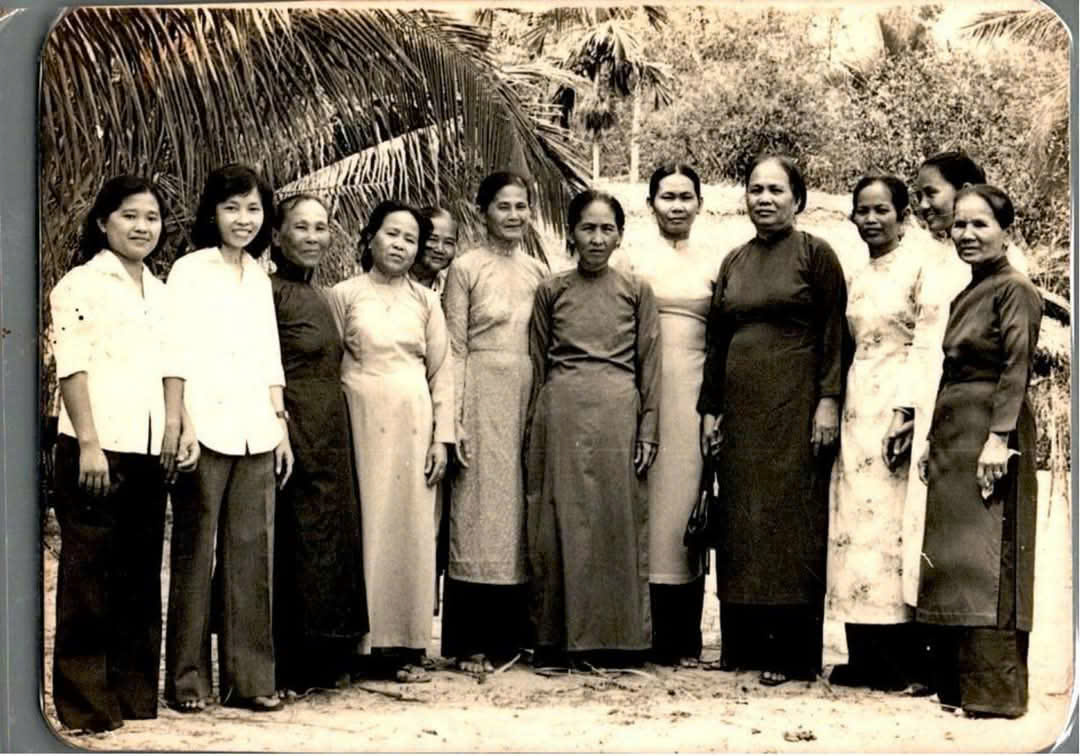
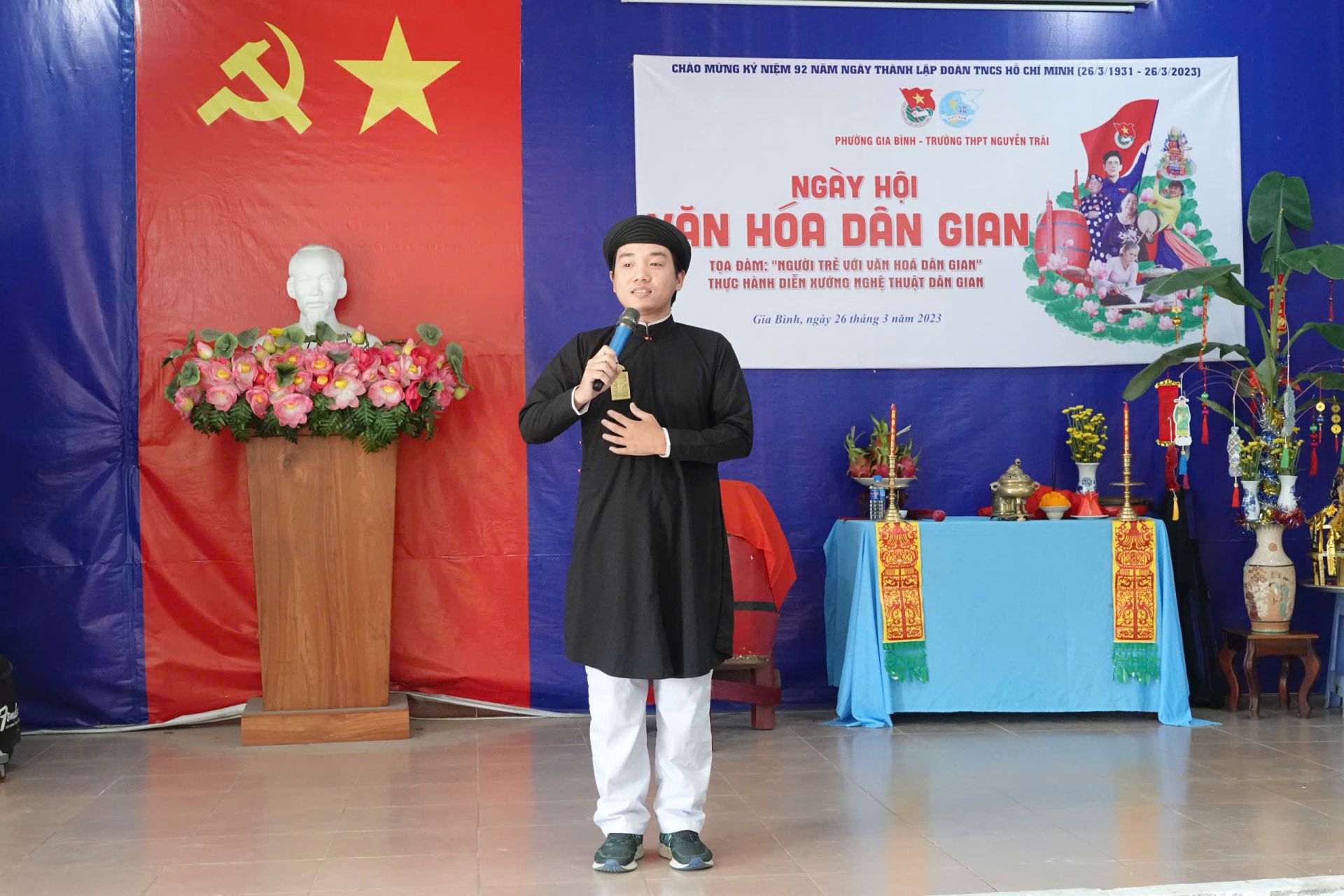
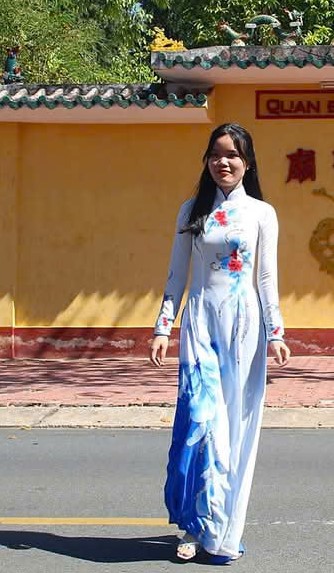
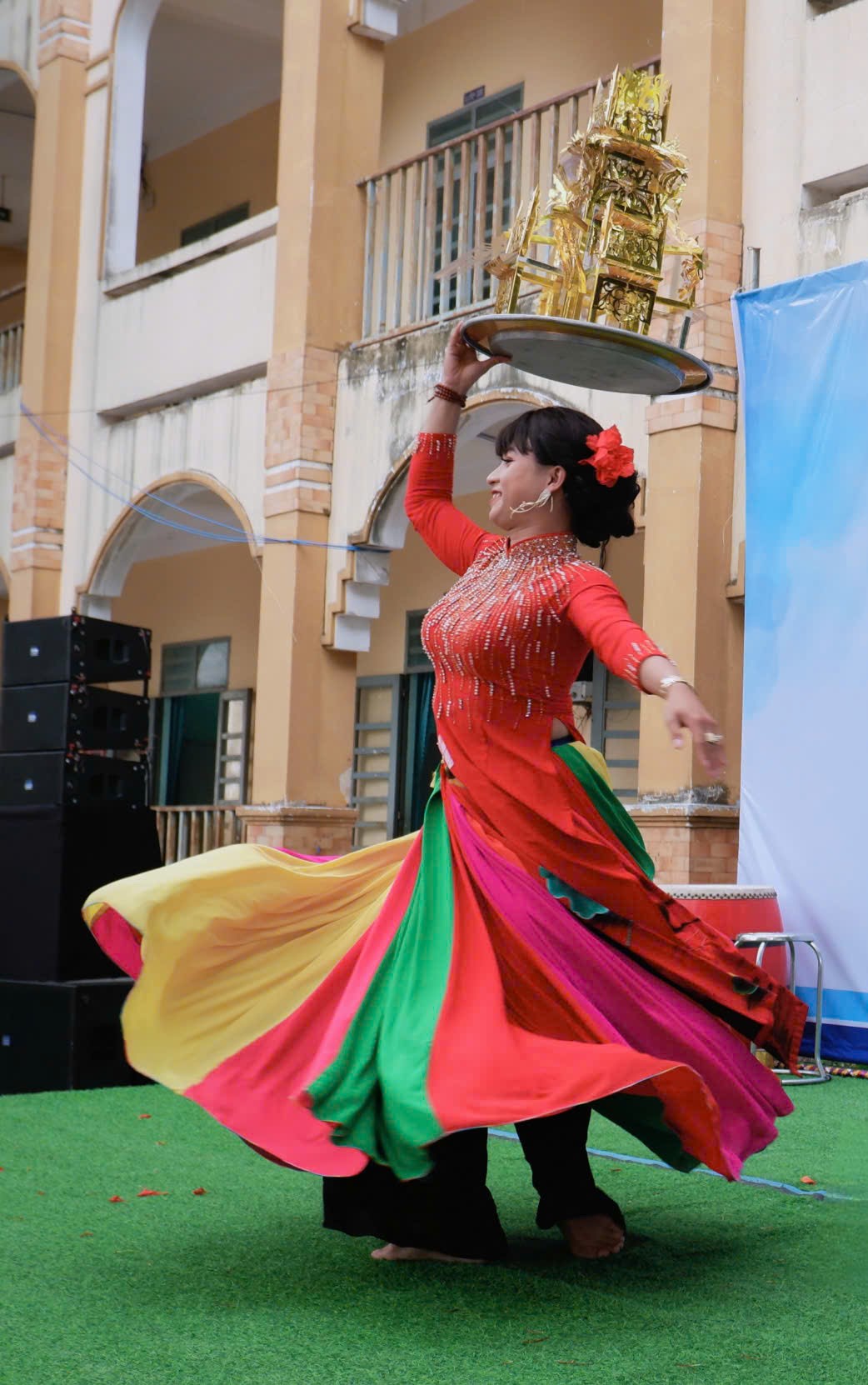
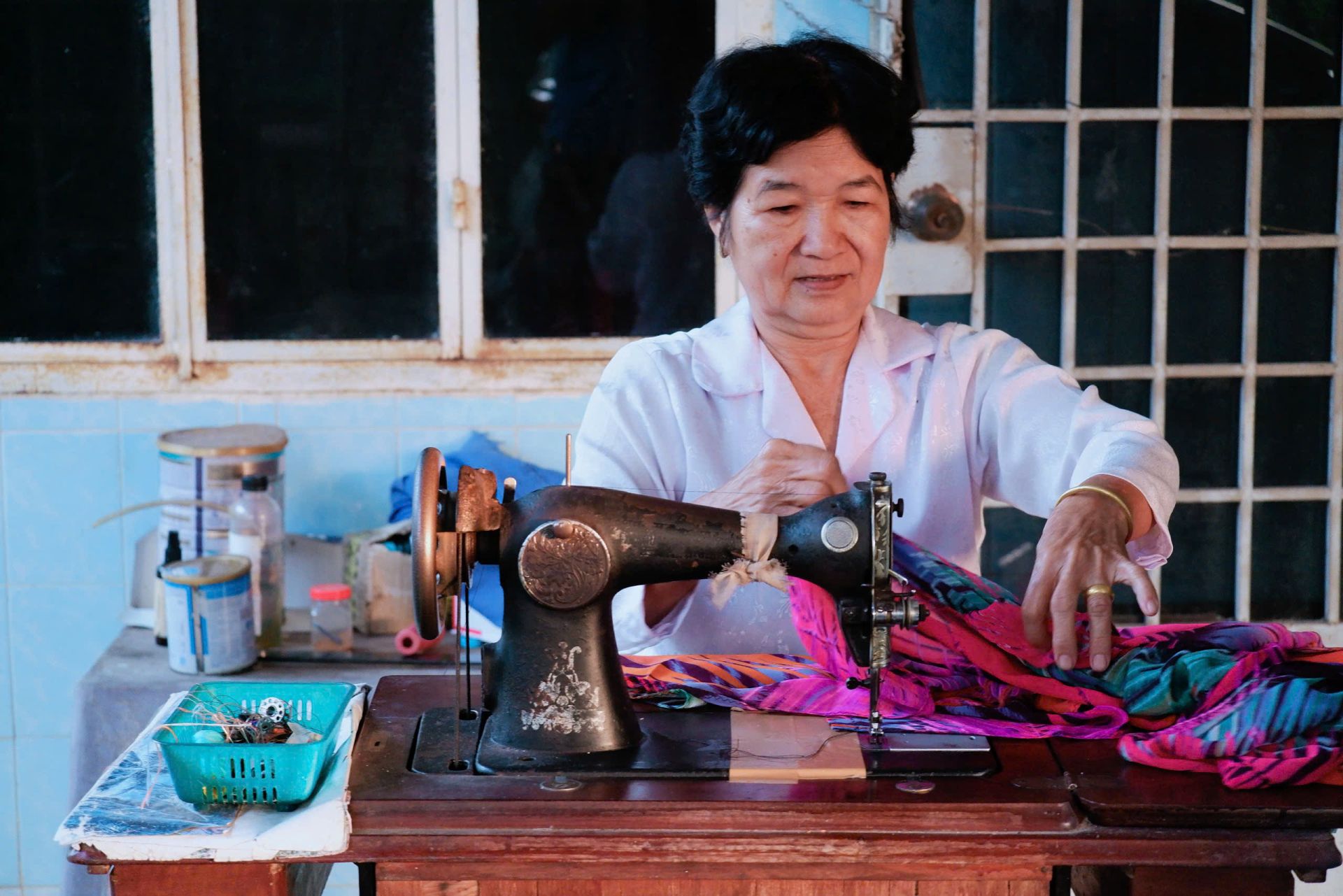
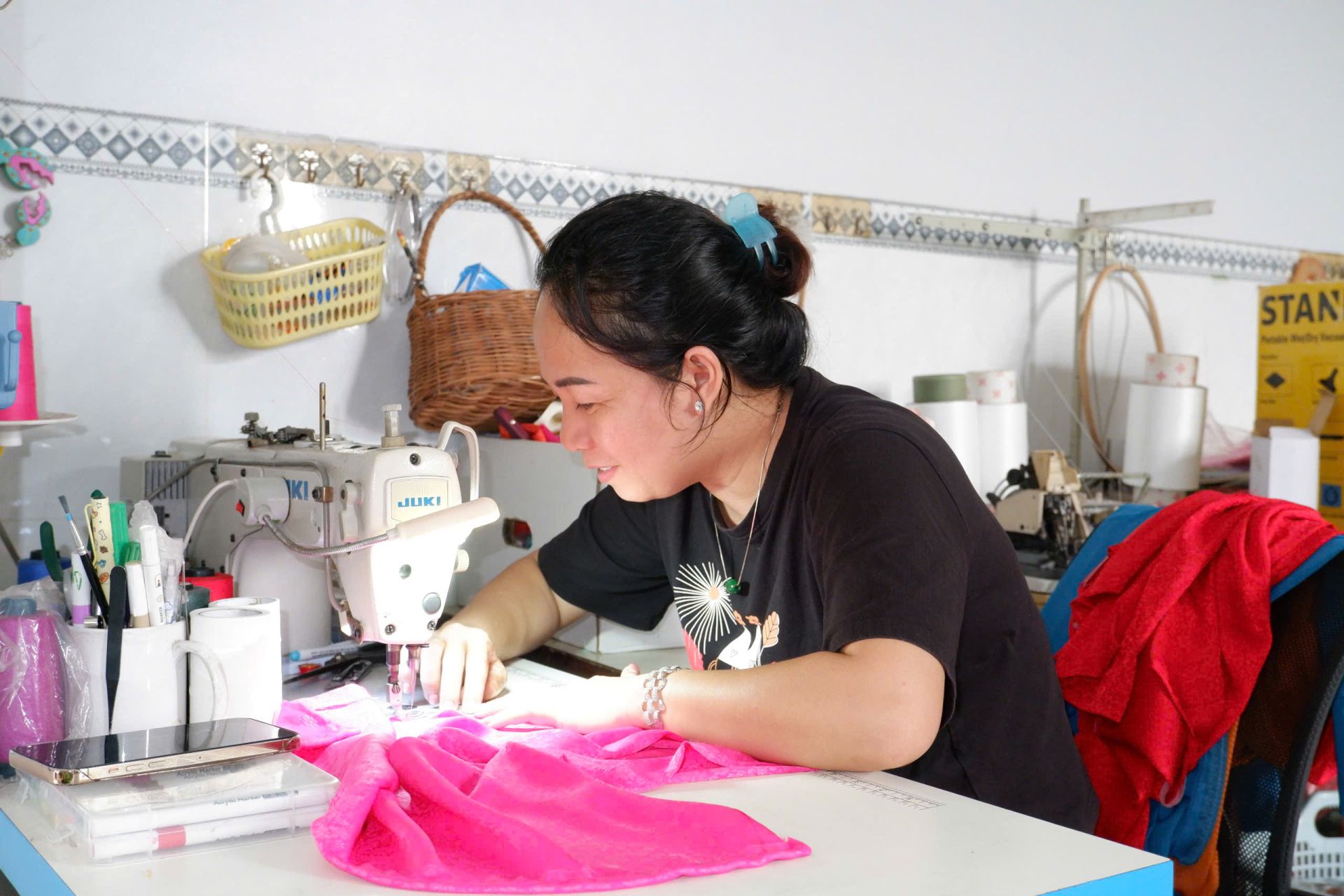
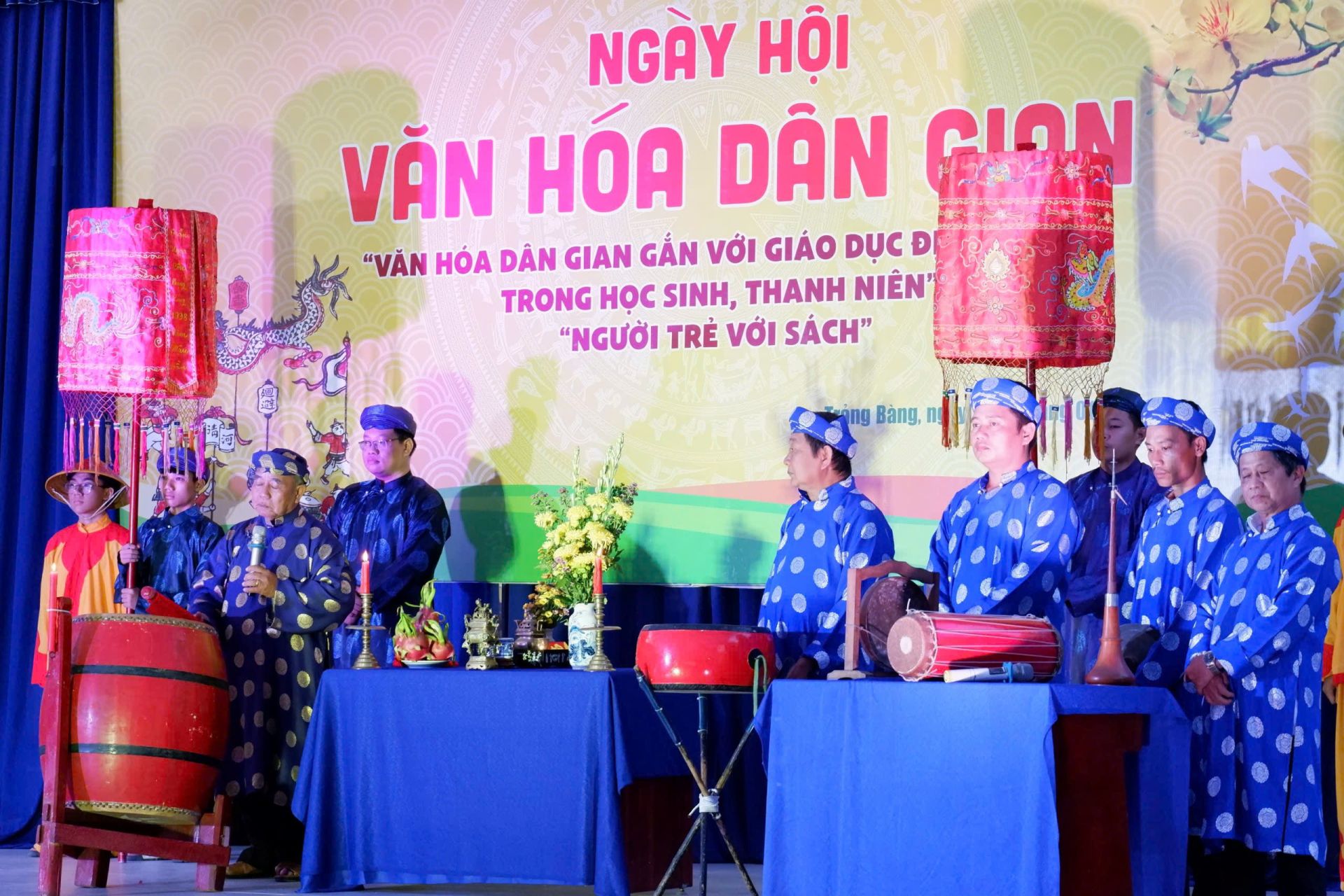


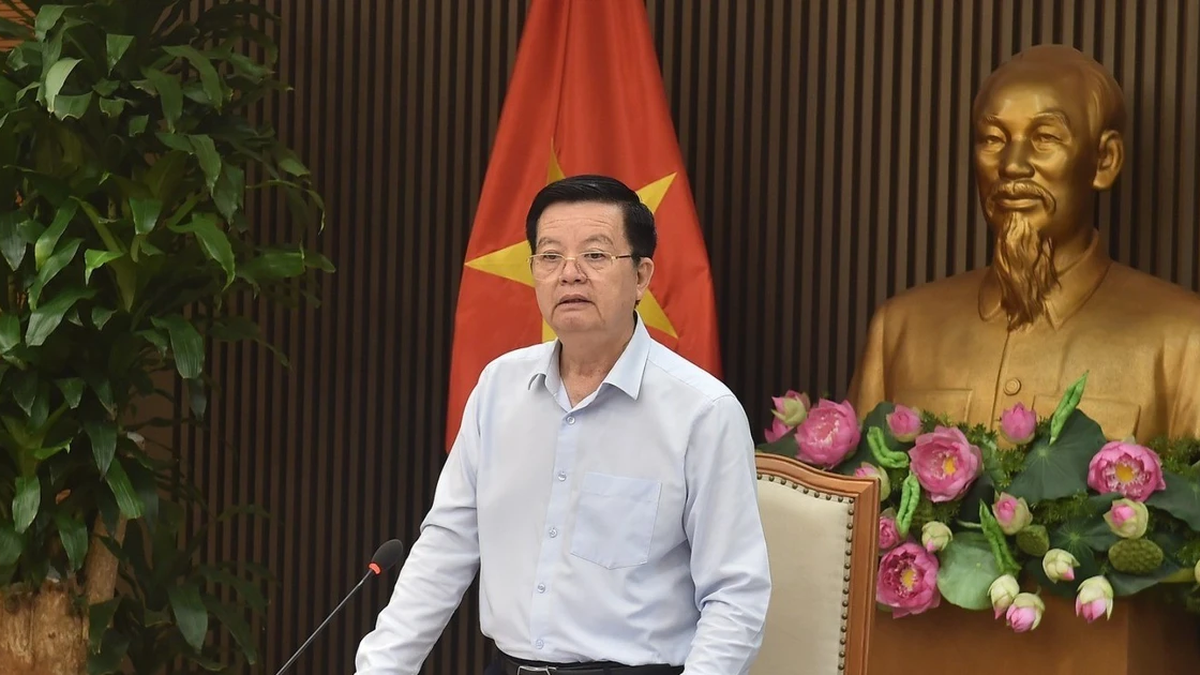

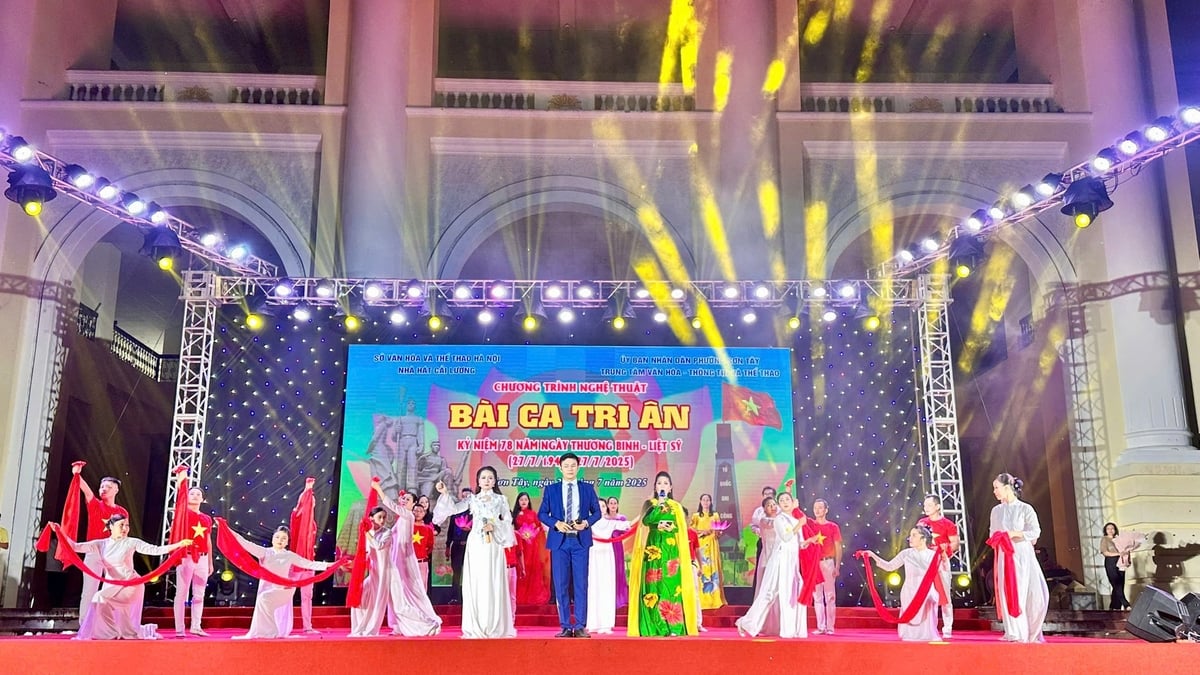

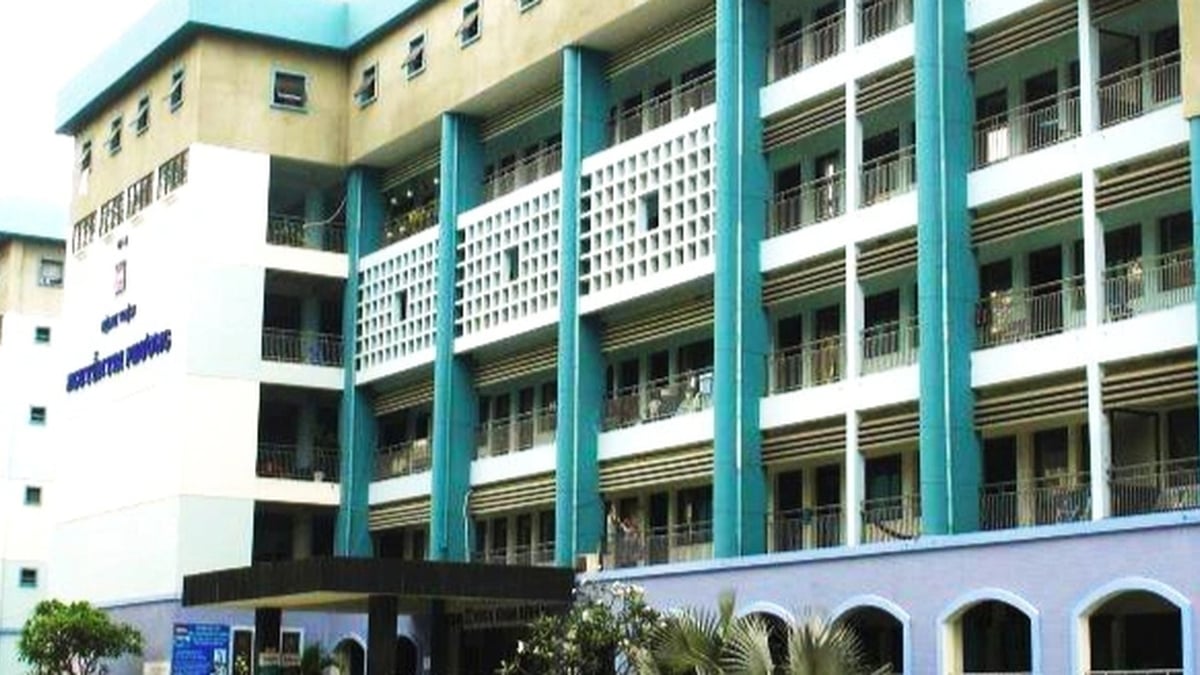

















![[Photo] National Assembly Chairman attends the seminar "Building and operating an international financial center and recommendations for Vietnam"](https://vphoto.vietnam.vn/thumb/1200x675/vietnam/resource/IMAGE/2025/7/28/76393436936e457db31ec84433289f72)




































































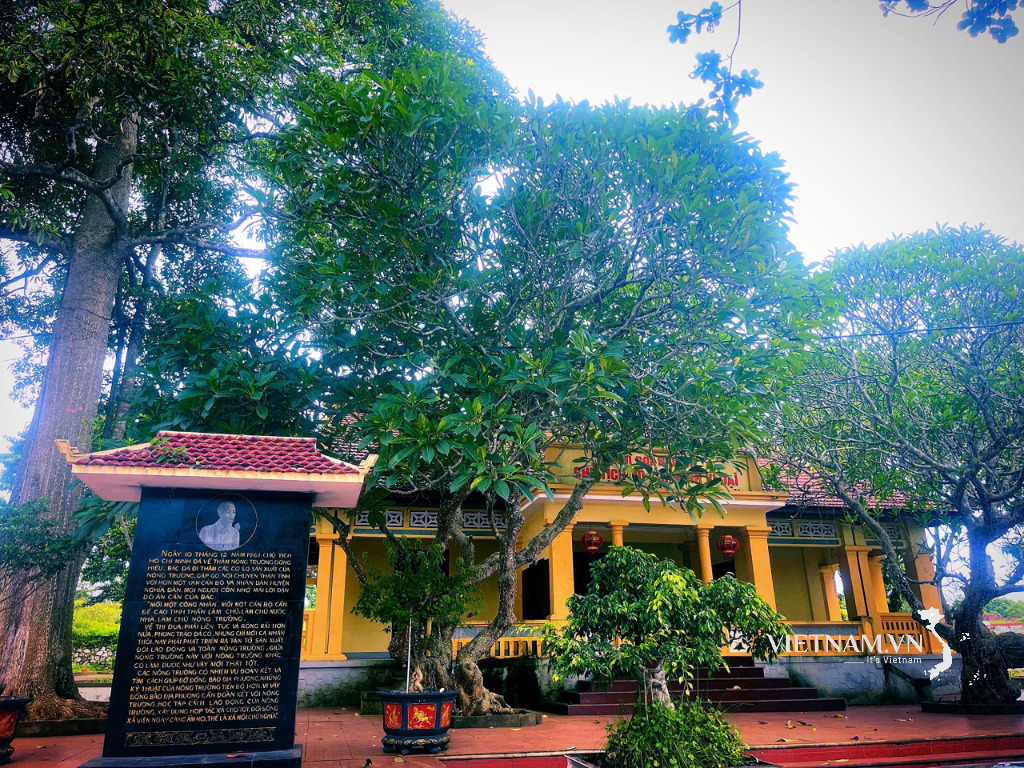


Comment (0)